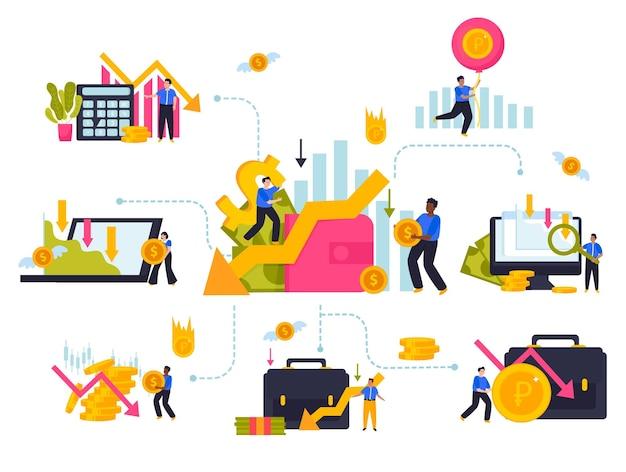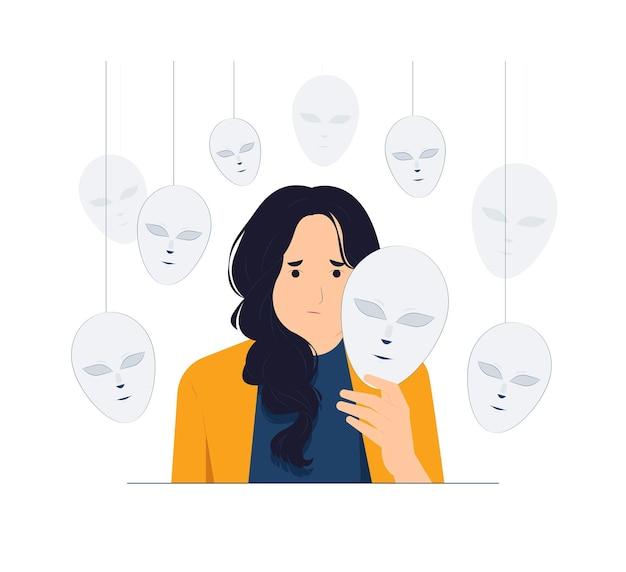Are you curious about the various examples of the transactional model of communication? Do you want to understand why this model is so important, especially in today’s fast-paced world? If yes, then you’re in the right place!
Communication is a fundamental aspect of human interaction, and the transactional model provides a comprehensive understanding of how we exchange information. As we adapt to the ever-evolving digital landscape, it becomes crucial to grasp the nuances of communication models. In this blog post, we’ll explore the transactional model of communication, delve into its significance, and discover real-life examples to put theory into practice.
But before we dive into the examples, let’s briefly touch upon the weaknesses of the linear model and understand the differences between the three communication models. So, buckle up and let’s embark on a journey to enhance our understanding of the transactional model of communication!

What are the Examples of the Transactional Model of Communication
Communication is a vital aspect of human interaction, and it can take various forms. One widely recognized model is the transactional model of communication. This model acknowledges that communication is a dynamic process that involves the simultaneous exchange of messages between a sender and a receiver. Today, we’ll explore some fascinating examples that illustrate the transactional model of communication in action.
1. Coffee Shop Chatter
Picture yourself sitting in a bustling coffee shop, enjoying your favorite drink. As you engage in a conversation with a friend, you become both the sender and the receiver of messages. As you speak, your words convey meaning and emotions, while your nonverbal cues, such as nods and facial expressions, also contribute to the overall communication. Simultaneously, your friend responds, establishing a two-way flow of information. This back-and-forth exchange exemplifies how communication occurs dynamically, with constant feedback.
2. Social Media Interactions
In our digital age, social media has become a prominent platform for communication. Platforms like Twitter, Facebook, and Instagram facilitate interactions between individuals, allowing them to exchange messages instantly. Consider a scenario where you tweet a funny meme to a friend. Once your friend sees the meme, they can react by liking, commenting, or sharing it. The continuous exchange of messages within a social media post exemplifies the transactional model, where both parties participate actively in the communication process.
3. Television Programs and Audience Reactions
Television programs provide another interesting example of the transactional model of communication. Imagine watching a popular sitcom and laughing heartily at a hilarious scene. While you are the recipient of the show’s content, your laughter functions as feedback that confirms your engagement. In essence, the actors on the screen rely on the reactions of the audience to guide their performance. The laughter generated by the audience becomes an integral part of the communication process, showcasing the transactional nature of television programming.
4. Public Speaking Engagements
Public speaking engagements offer a powerful example of the transactional model in action. When a speaker takes the stage, they become the sender, transmitting their message to a room full of attendees. However, effective communication requires active listening and feedback. The audience’s nonverbal cues and vocal responses, such as applause or laughter, shape the direction and impact of the speaker’s message. This dynamic exchange creates an interactive and transactional experience where both parties play essential roles.
5. Teamwork and Collaboration
Effective teamwork and collaboration are only possible when communication is transactional. In a team setting, members must constantly exchange ideas, share information, and provide feedback to achieve common goals. Each team member acts as both a sender and a receiver, contributing to the overall communication process. Through active listening and open dialogue, teams can develop shared understanding, resolve conflicts, and make informed decisions. The transactional model of communication highlights the collaborative nature of effective teamwork.
In conclusion, the transactional model of communication is evident in various aspects of our daily lives. Whether we’re engaging in face-to-face conversations, interacting on social media, participating in audience responses, delivering speeches, or collaborating with others, the exchange of messages and feedback is crucial. By recognizing and understanding the transactional nature of communication, we can enhance our ability to connect, share ideas, and build meaningful relationships.

FAQ: Examples of Transactional Model of Communication
Why is the Transactional Model of Communication Important
The Transactional Model of Communication is an essential concept in understanding the dynamics of human interaction. Unlike other models that view communication as a linear process, the transactional model recognizes that communication is a continuous and simultaneous exchange of messages between a sender and a receiver. It emphasizes the interdependence between these two parties and acknowledges that both individuals play active roles in the communication process. This model helps us comprehend the complexities of communication and better navigate various social interactions.
What are the Examples of Transactional Model of Communication
-
Everyday Conversations: Imagine yourself engaged in a lively discussion with a friend. While you are expressing your thoughts, ideas, and emotions, your friend is actively listening and responding. This exchange of ideas where both parties contribute and influence each other’s understanding represents the transactional model of communication in action.
-
Group Discussions: In a group setting, multiple individuals exchange messages simultaneously. Each participant’s words and non-verbal cues prompt responses from others, creating a dynamic and ever-changing discussion. As ideas are shared, modified, and built upon, the transactional model becomes evident.
-
Online Chats and Social Media Interactions: The transactional model extends to online platforms, where people engage in virtual conversations. Through instant messaging or social media platforms, individuals exchange messages, and responses happen in real-time. Emoticons, likes, comments, and shares all contribute to the ongoing exchange of messages.
What is the Weakness of Linear Model
The Linear Model of Communication, which views communication as a one-way process, has several weaknesses when compared to the transactional model. In the linear model, the sender focuses solely on transmitting a message, while the receiver is limited to interpreting that message without active participation. This model oversimplifies communication and fails to account for the dynamic nature of human interaction. It doesn’t consider the importance of feedback or the impact of context on interpretation. The linear model limits our understanding of the complexities of communication in real-world scenarios.
What are the Differences of the Three Communication Models
-
Linear Model: The Linear Model of Communication involves a one-way flow of information from the sender to the receiver. It assumes that the sender’s message is clear and unambiguous. However, it overlooks the active role of the receiver and lacks feedback. This model can be likened to a simple “transmit and receive” process.
-
Interactive Model: The Interactive Model recognizes the importance of feedback and the active involvement of both the sender and the receiver. It allows for a back-and-forth exchange of messages, but still sees communication as a series of separate and distinct turns. This model considers communication as a two-way street, fostering a more dynamic and interactive process.
-
Transactional Model: The Transactional Model portrays communication as a simultaneous and continuous process. It acknowledges that both sender and receiver are actively engaged in creating meaning and mutually influencing each other. Communication is seen as a dynamic exchange where individuals continuously interpret and respond to each other’s messages. This model captures the complexities of everyday social interactions and recognizes the shared responsibility for effective communication.
In conclusion, understanding the transactional model of communication helps us navigate the complexities of human interaction. By recognizing the continuous exchange of messages and the interdependence between sender and receiver, we can enhance our communication skills and build stronger connections with others. So, let’s embrace the transactional model and engage in meaningful conversations that leave a lasting impact!
Disclaimer: This blog post is for informational purposes only. Consult a communication expert for personalized advice and guidance.
